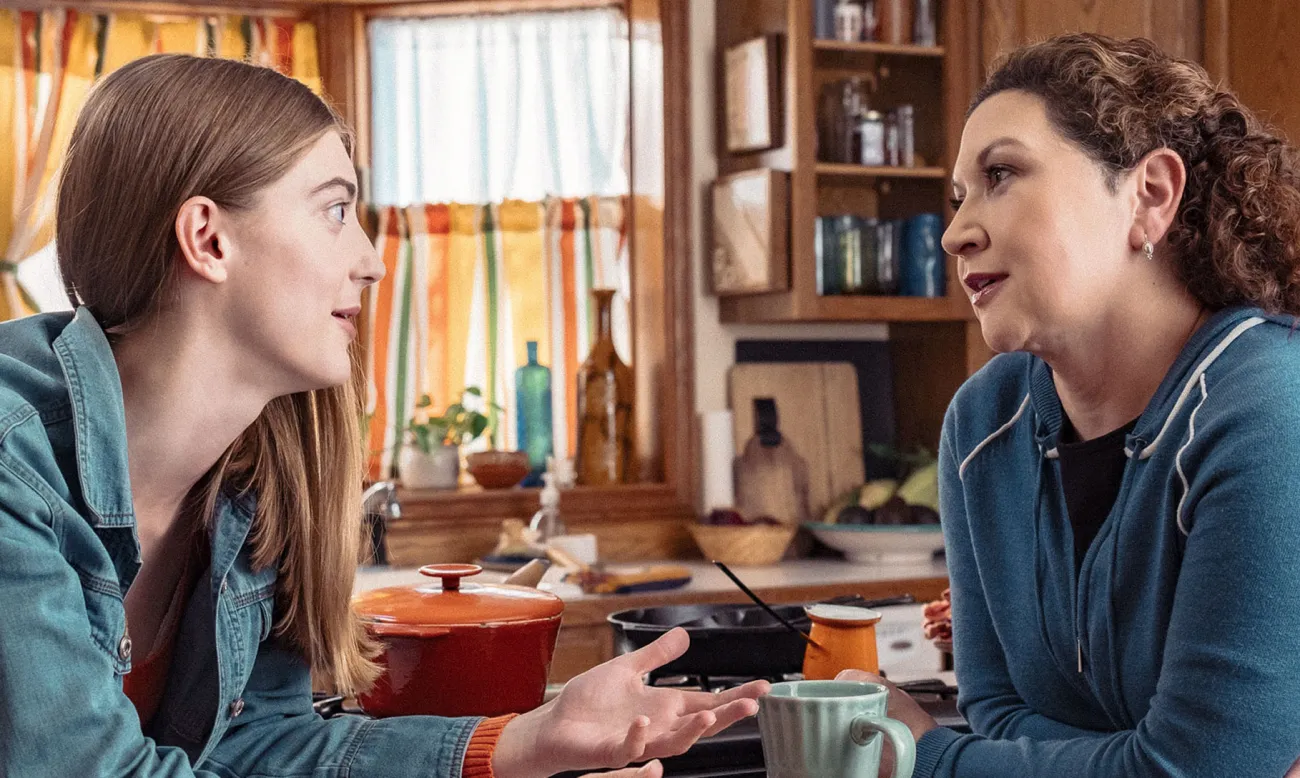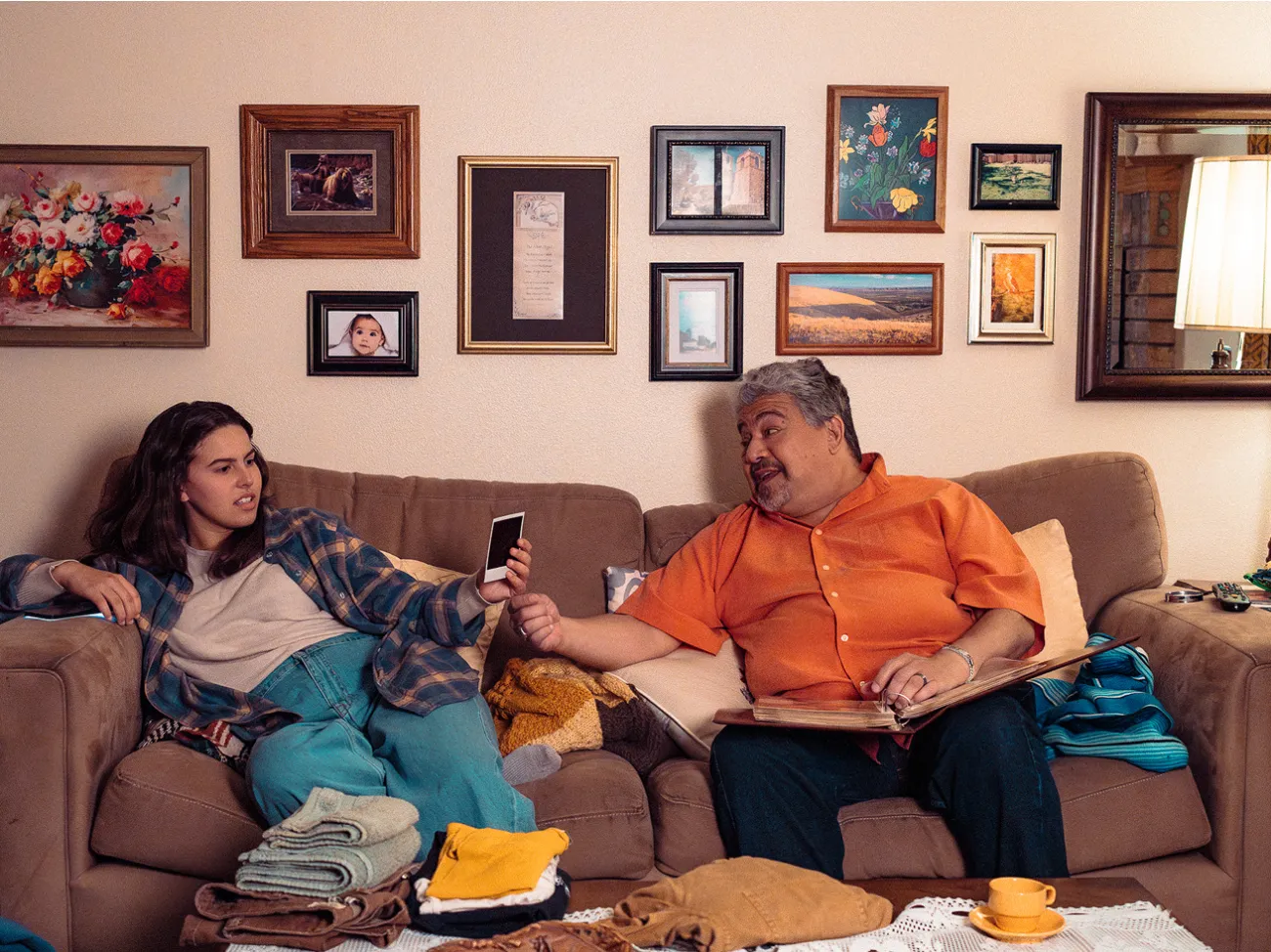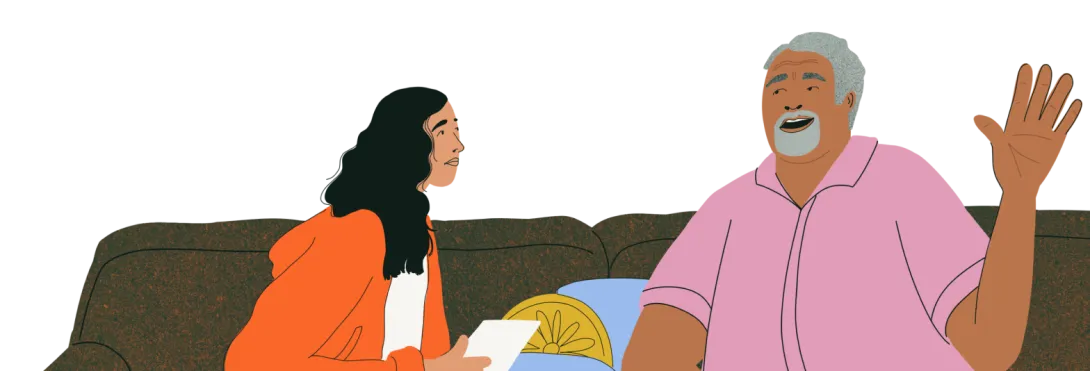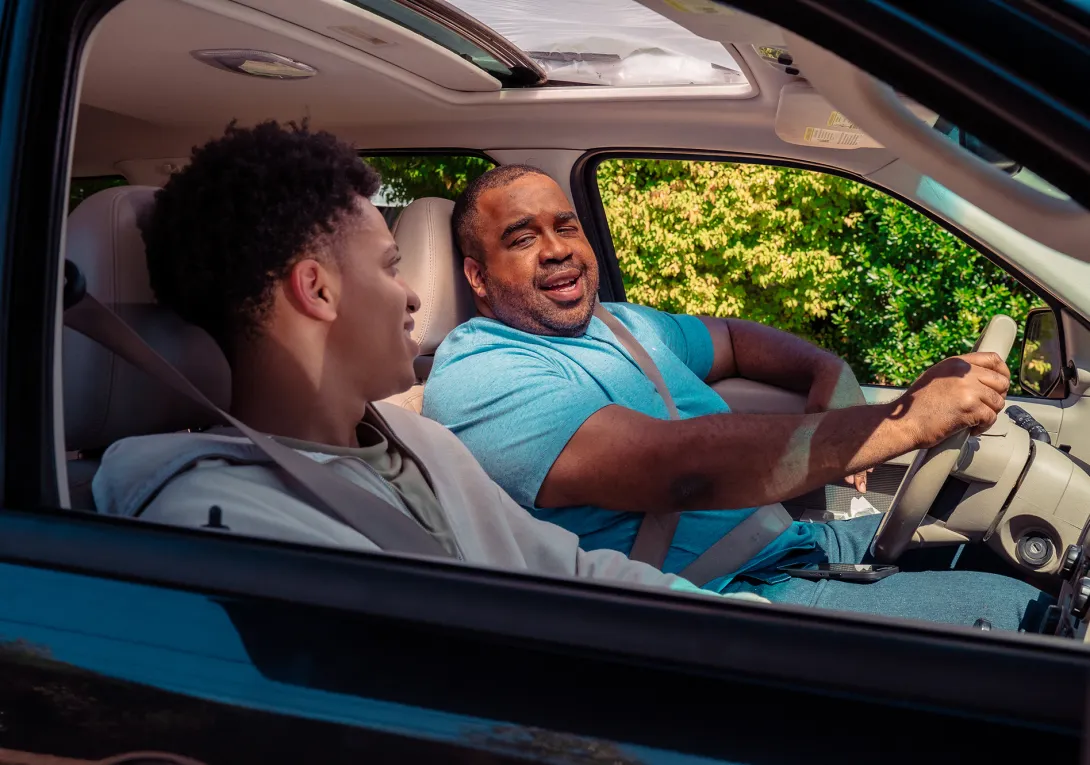Talk to

What to say
“Have you heard about a drug called fentanyl? What have you heard?
Why: You can learn what they’ve heard and share what you know.
“I read an article/saw a video/heard a report about fentanyl and wanted to talk with you about it.”
Why: Timely news gives you a chance to bring up the topic and share information.
“I know pills might seem safe to take from your friend — or even a grown-up — but some can cause an overdose or death.”
Why: You can outline the real risks of fake pills and set expectations with your teen about only taking medication that’s been prescribed to them and picked up at a pharmacy.
“Do you know anyone who might be experimenting with pills? I want you to know how to help them in case of an emergency.”
Why: You can share information about the signs of an overdose, how to use naloxone, and when to call 911.
“If you ever have questions about fentanyl — or any drug — talk to me. It’s my job to help you stay safe and healthy.”
Why: Teens need to know they can come to you with questions, and you’ll be there to help.
Teach teens refusal skills
Choose one or two ways to refuse and practice them together. That way, they’ll know how to respond to any pressure they may face to try drugs.

Send a signal
Agree on a codeword your teen can text or call you with to come pick them up ASAP.
Pass the blame
“I’d be grounded for life if my parents (caregivers) found out.”
Offer an alternative
“I’d rather get a bite to eat instead.”
Make an excuse
“I can’t. I have a huge test/game/audition tomorrow.”
Be honest
“No, thanks. I’m not interested.”
Avoid the situation
Avoid going places where drugs are likely to be present.

